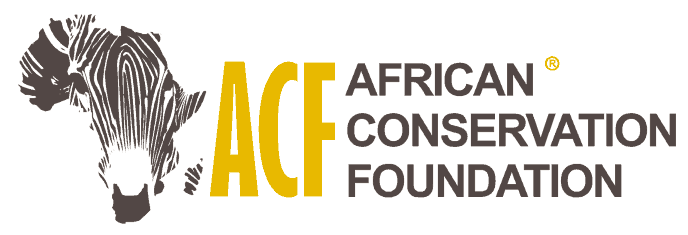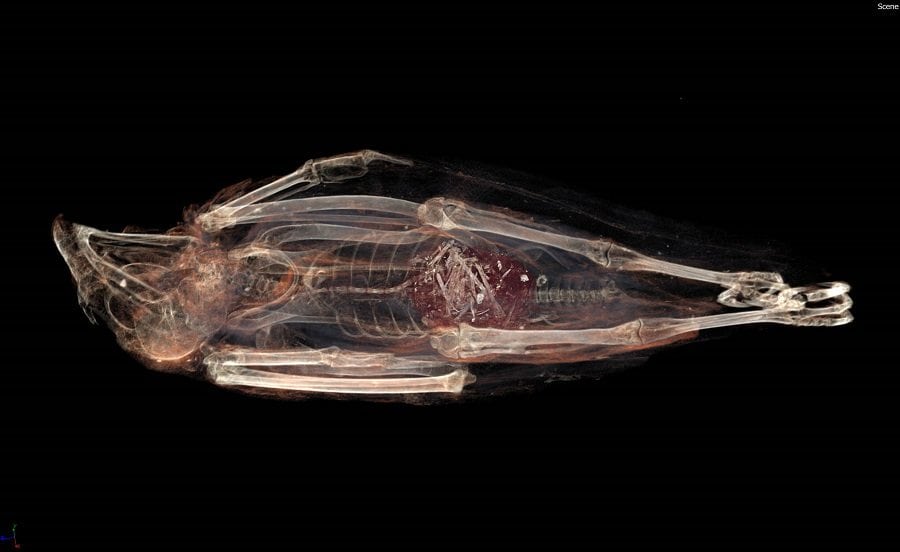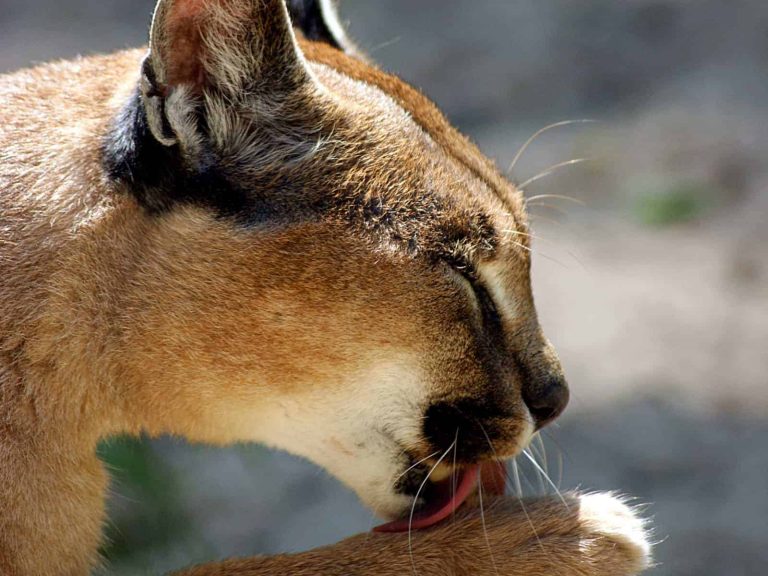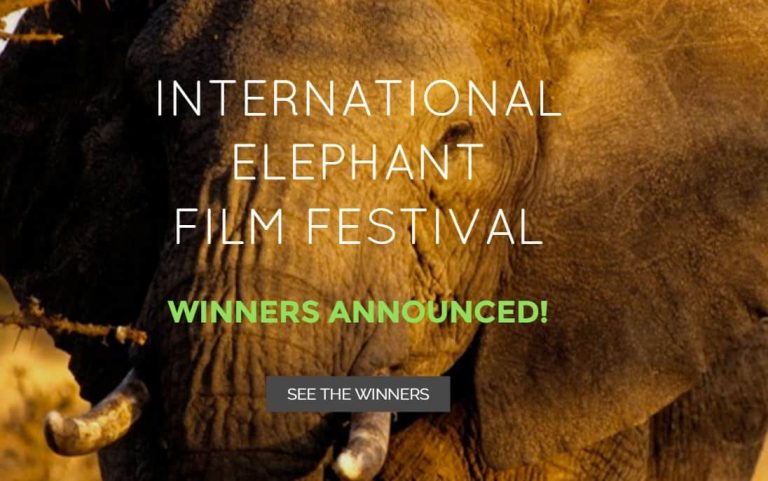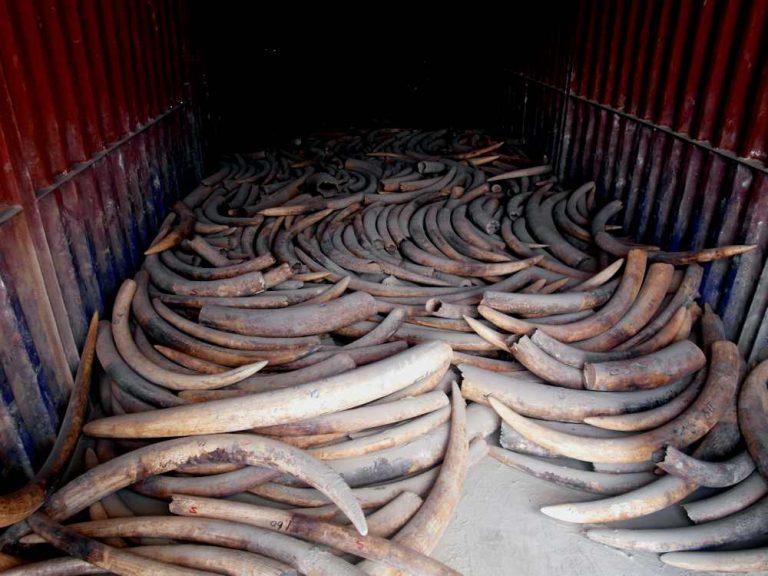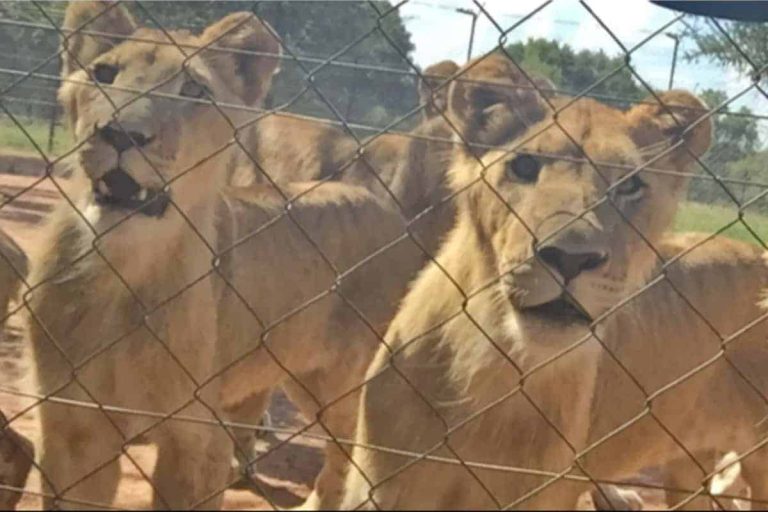Ancient Egyptian raptor mummy from South Africa yields a world first
An ancient Egyptian raptor mummy from Iziko Museums of South Africa in Cape Town has yielded a world first when researchers discovered the remains of at least two house mice and a small sparrow in its stomach.
The discovery was made possible through digital 3D X-ray imaging at the CT scanner facility at Stellenbosch University. In other words, without disturbing the ancient wrappings, the contents were scanned and then digitised as a three dimensional image. The technology is so sophisticated that it can produce a 3D image of a human hair. The model is then used to analyse the outside and inside of the object in the wrappings.
The results of the study, published in the Journal of Archaeological Science, are also the first evidence to point to mass breeding of raptors as offerings to deities.
Animal mummies were common in ancient Egypt and used in religious ceremonies, often as offerings. Millions of mummified animals have been found, most dating from around 600 BC to AD 250. Ancient Egyptians believed in many deities and associated different animals with them; raptors were connected to the sun god Ra.
The birds were in general prepared by being gutted and dried, then dipped into molten resin and wrapped. In this case, however, raptor mummy SACHM 2575 was not gutted, giving the researchers a chance to have a glimpse of its last moments on earth.
Inside the raptor’s gullet and crop they found the tail of a young house mouse (Mus musculus), which appears to have caused it to choke to death. Looking further into the gizzard and stomach, they found other mouse fragments, including 27 loose teeth, and parts of a small house sparrow ( Passer domesticus). This indicates that the raptor was forced-fed its last meal. It also suggests that the bird was kept in captivity.
Based on the morphology, limb measurements and beak shape of the raptor, they established it was a European kestrel (Falco tinnunculus).
Dr Salima Ikram, professor of Egyptology at the American University in Cairo and lead author of the study, says until now the sheer number of raptor mummies had been a mystery: “Our results explain why they had so many: we now think it was because of active breeding programmes to meet the demand for these mummies.”
Dr Ruhan Slabbert, research associate at the Department of Ancient Studies at Stellenbosch University and co-author, says the Egyptian raptor mummy is one of five animal mummies from Iziko Museums of South Africa in Cape Town and two animal mummies from Ditsong Museums of South Africa in Pretoria that were scanned as part of a project between the museums and SU’s Department of Ancient Studies and the CT scanner facility.
Dr Slabbert and Dr Anton du Plessis, manager of the CT scanner facility, also generated a high-resolution 3D print of the skeleton of the raptor mummy, with the tail of the house mouse clearly visible. A print will be donated to Iziko Museums of South Africa for display inside the glass case containing the original raptor mummy.
Ms Esther Esmyol, curator of Social History Collections at Iziko Museums of South Africa, said they are excited about the technology and the project undertaken by Stellenbosch University: “Raptor mummy SACHM 2575 has been on display at the Iziko Slave Lodge in the Egyptian room for a number of years. This project has brought him and a number of ancient Egyptian animal mummies to life,” she said.
Prof. Sakkie Cornelius, an expert on Ancient Near Eastern Cultures in the Department of Ancient Studies at SU, says the study of ancient animal remains (called zooarchaeology) is revealing fascinating information about the ancient Egyptians, such as their funerary beliefs and embalming technology, disease and veterinary care, breeding programmes and the environment and fauna of ancient Egypt.
Where did these animal mummies come from?
There is very little information available about how the animal mummies came to South Africa. The raptor mummy, SACHM 2575, was donated to the museum in 1911 by one S. Kavanagh.
Another mummified bird was obtained via the curator of the South African Museum at the turn of the century, Mr William Lutley Sclater, in 1904. It may have belonged to his father, Philip Lutley Sclater, who obtained the mummy in 1889 from a Mr Arthur J. Scott.
The other two bird mummies were excavated from Kafr-‘Ammar in Egypt by the British archaeologist and Egyptologist, Sir Flinders Petrie, in 1912.
The analysis of the other three bird mummy scans revealed that one is a fake and that the wrappings presumably contain feathers, plant material and mud. The second bird mummy only contains a claw, while the third mummy contains a complete bird skeleton. The fifth mummy, presumed to be a cat, has only a partial front, full hind body and limbs preserved.
—————–
Media interviews
Dr Ruhan Slabbert
Research fellow, Department of Ancient Studies
Stellenbosch University
E-mail: rslabbrt@sun.ac.za
Tel: +27(0)21 808 3210
Prof. Sakkie Cornelius
Department of Ancient Studies
Stellenbosch University
E-mail: sakkie@sun.ac.za
Tel: +27(0)21 808 3210
Dr Anton du Plessis
Manager: CT-scanning facility
Stellenbosch University
E-mail: anton2@sun.ac.za
+27(0)21 808 9389
Ms Esther Esmyol
Curator: Social History Collections
Iziko Museums of South Africa
E-mail: eesmyol@iziko.org.za
Tel: +27(0)21 467 7205
